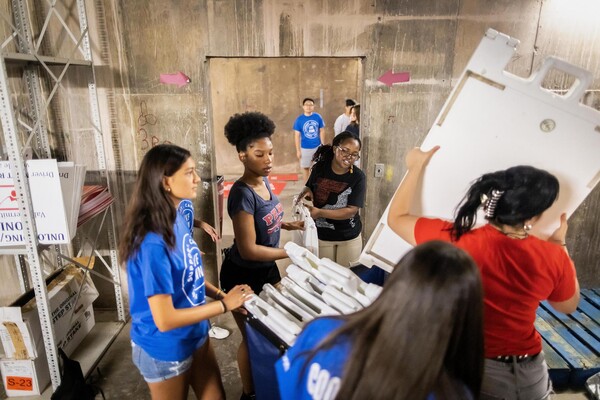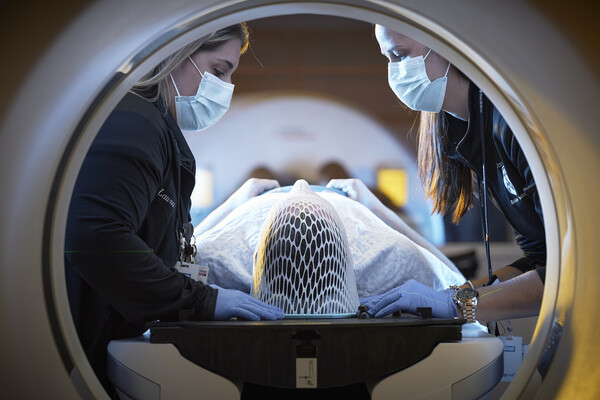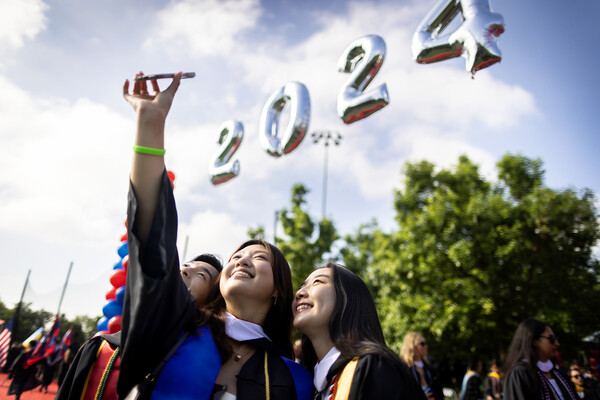Get a Grip, Colonel: Next-Generation Training of U.S. Peacekeepers is One Part Technology, One Part Psychology
PHILADELPHIA American troops may soon prepare for their assignments by pitting themselves against virtual "mobs" and "terrorists" developed by computer scientists at the University of Pennsylvania.
The goal of the project, rooted in studies by social scientists, is computer-generated figures that mimic the complex behavior of real-life adversaries. Barry G. Silverman, lead researcher on the three-year effort, will present a behavioral framework for the training system May 7 at the annual Computer-Generated Forces and Behavioral Representation Conference in Orlando, Fla.
"There a growing realization that more realistic training simulations lead to higher levels of skill attainment for trainees, but current training games are more concerned with eye-catching graphics than with modeling real human behavior," said Silverman, professor of systems engineering and computer and information science at Penn. "Our goal is to build in factors like fatigue, stress, personal values, emotion and cultural influences."
Silverman crowd-modeling work will offer detail to the level of single provocateurs within a crowd, taking into account, for instance, young agitators frequent desire to assert themselves, dominate conflicts and avenge wrongs. The simulation can model terrorist behavior based upon observations of extremistssense of commitment, feelings of competence and need to right perceived injustices.
The presence of lifelike characters and situations in military-training games is increasingly important as U.S. troops are dispatched to hot spots around the world. Unruly protesters in the U.S. can be equally unnerving for those charged with maintaining order.
Silverman work will permit troops to face a host of virtual opponents before deploying. Recruits could find themselves facing mobs of women and children throwing rocks, rogue armies of disaffected teens tormenting ethnic minorities or protesters cowed into submission by nothing more than planes whizzing overhead. With news crews infiltrating zones of conflict around the world, peacekeepers-in-training may even have to make decisions as photographers record their behavior.
The simulation will steer trainees away from behaviors that research has shown to contribute to crowd aggression, such as the flaunting of weapons, authoritarian governance, the use of barricades and the exaggeration of differences between groups.
Silverman work is supported by a three-year, $1.4 million grant from the Pentagon Defense Modeling and Simulation Office. At Penn, his group includes Michael Johns of the Human Modeling and Simulation Lab, Kevin Orien and Jason Cornwell of the Ackoff Center for Advancement of Systems Approaches and Ransom Weaver of the Department of Asian and Middle Eastern Studies.
###
NOTE: High-resolution images are available to depict a virtual scene that a peacekeeper might face. Contact Steve Bradt for details.







